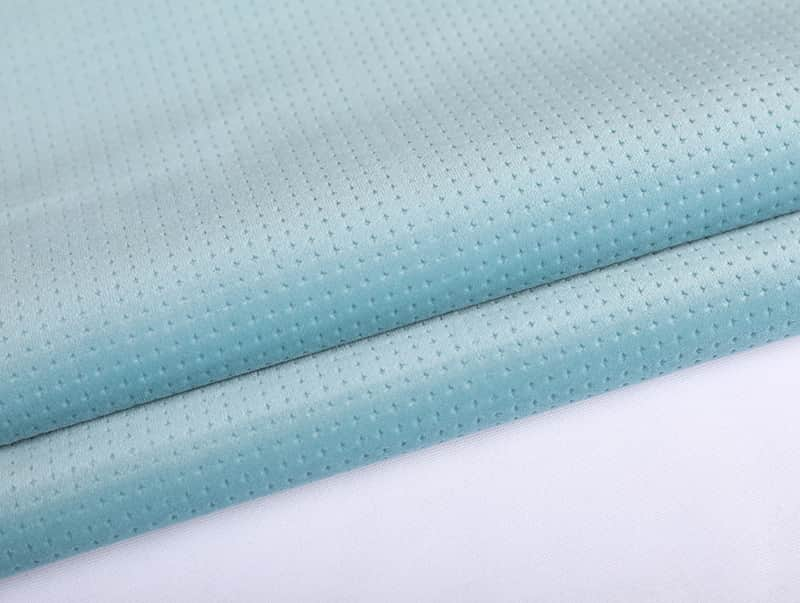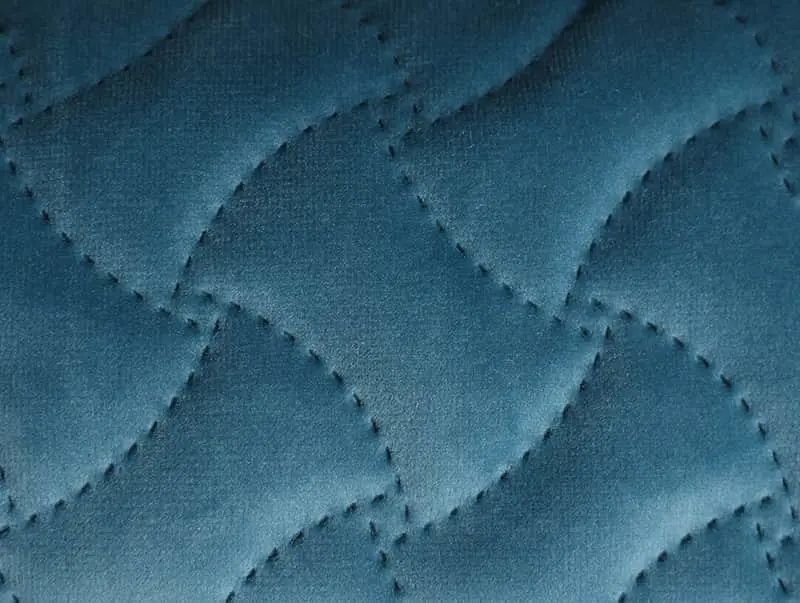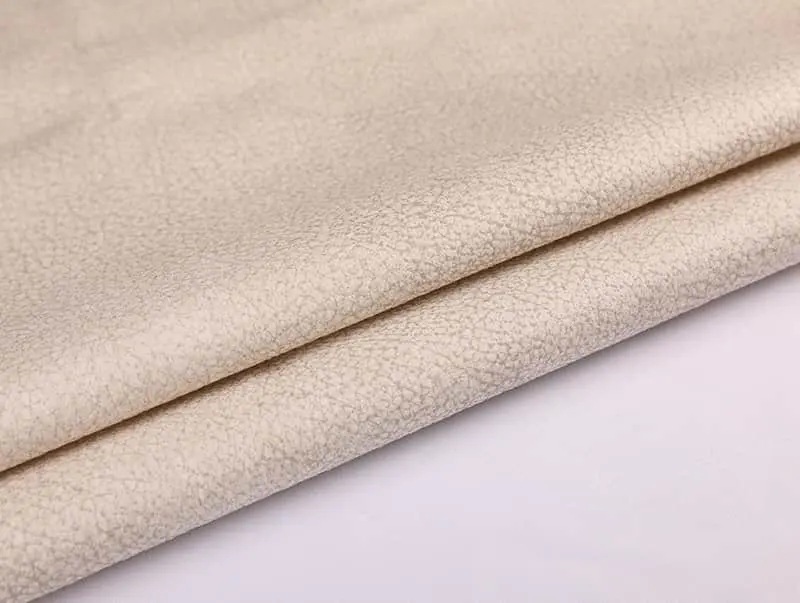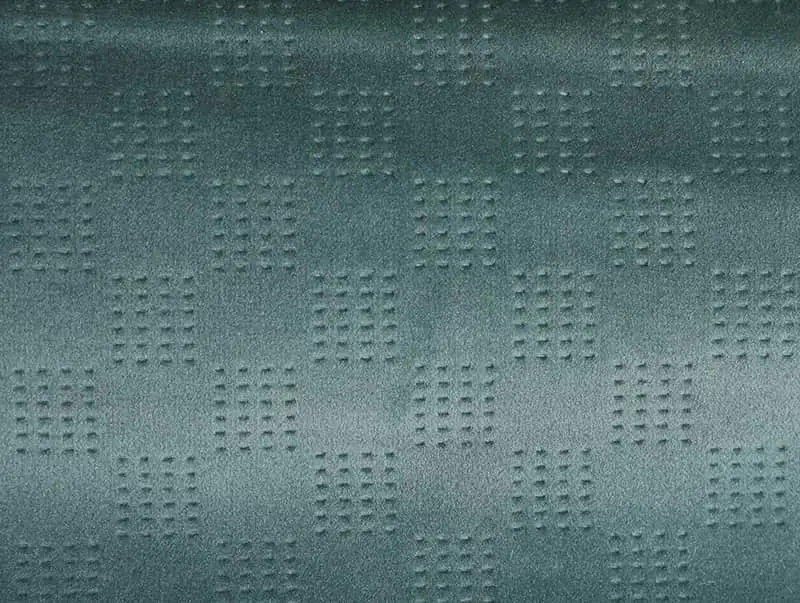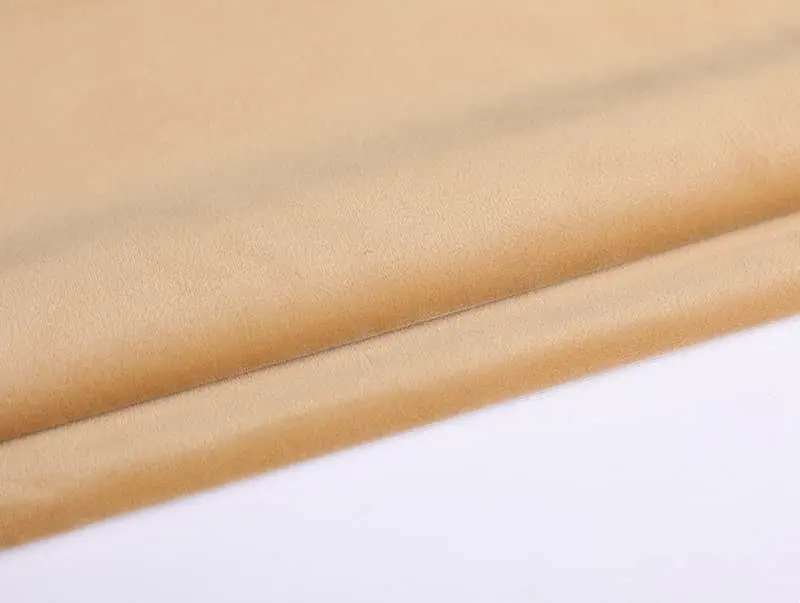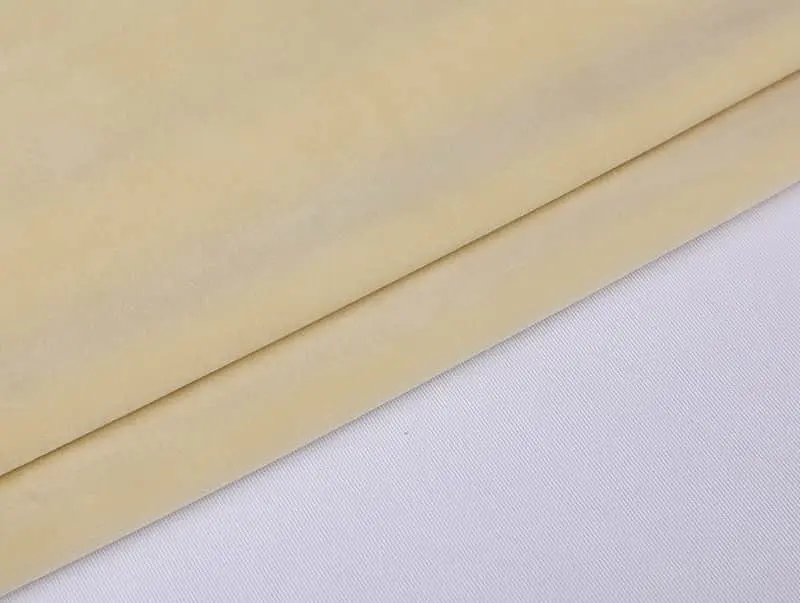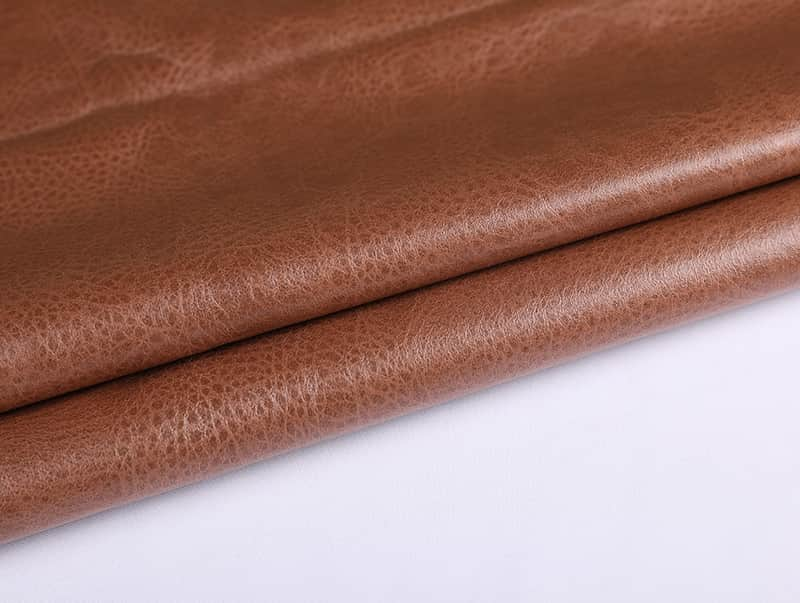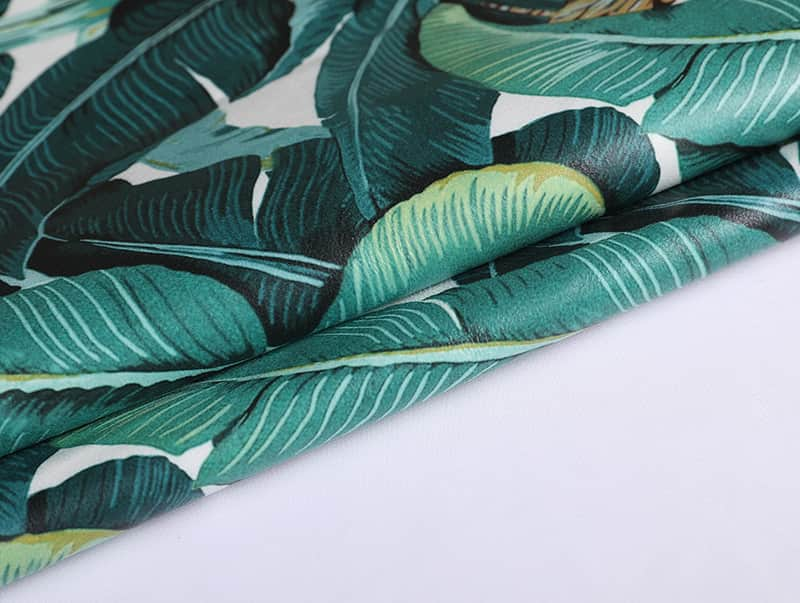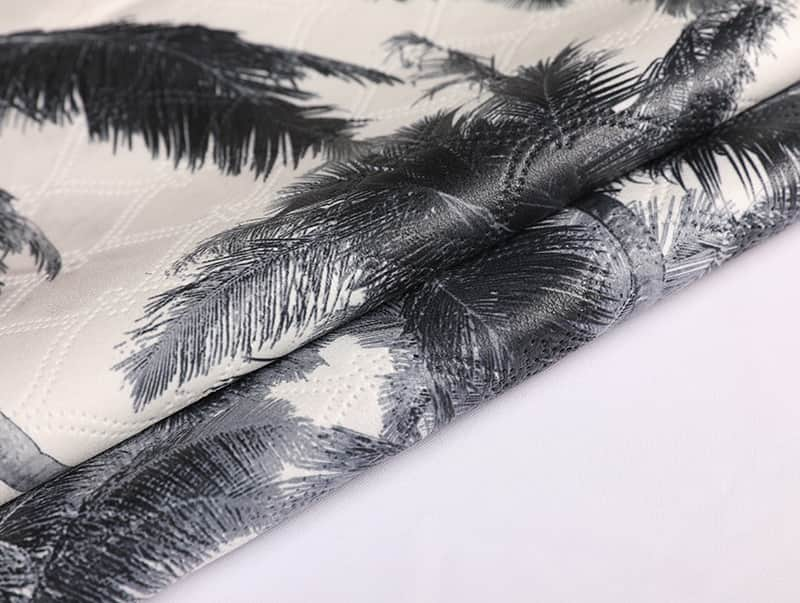In the competitive landscape of automotive interiors, materials that combine comfort, strength, and design flexibility are essential for meeting both consumer expectations and manufacturing demands. Among the critical components in vehicle interior material systems is the artificial leather base fabric, a foundational textile that directly influences the performance and aesthetics of synthetic leathers used in seats, dashboards, door panels, and other interior surfaces.
Artificial leather, commonly used in automotive interiors, typically consists of a multi-layer structure—comprising a base fabric, a polyurethane (PU) or polyvinyl chloride (PVC) coating, and a protective top layer. While surface coatings determine the appearance and tactile quality of the material, the base fabric serves as the structural backbone. It is responsible for providing tensile strength, dimensional stability, and adhesion support for the coated layers above.
Key Characteristics of Automotive Artificial Leather Base Fabric
The artificial leather base fabric used in cars is engineered for high-performance environments. These fabrics are often made from polyester, nylon, or blended yarns, which offer excellent mechanical properties and resistance to moisture and aging. Woven, knitted, or nonwoven constructions can be employed depending on the specific end-use requirements.
Several critical attributes define the suitability of a base fabric for automotive synthetic leather:
-
Tensile and Tear Strength: The fabric must withstand stress from stretching, compression, and wear over time. This is especially important for seat covers and steering wheel wraps, which are subject to repeated mechanical force.
-
Adhesion Capability: The surface texture and porosity of the base fabric must allow for strong bonding with PU or PVC layers during the lamination process.
-
Heat and Humidity Resistance: Given the temperature fluctuations inside vehicles, especially in summer and winter, the base fabric must resist deformation and degradation.
-
Dimensional Stability: To prevent warping or shrinkage over time, especially when exposed to temperature and humidity cycles.
Modern production methods incorporate finishing techniques such as surface calendaring, anti-wicking treatment, and flame retardant coatings to enhance the performance profile of artificial leather base fabrics. These enhancements are crucial for meeting both OEM specifications and international automotive standards.
Driving Demand in Global Automotive Markets
The global shift toward more sustainable and animal-free alternatives has significantly increased the popularity of artificial leather in the automotive sector. With the electric vehicle (EV) market expanding and car buyers increasingly focused on environmentally friendly materials, automakers are placing greater emphasis on eco-friendly synthetic leather interiors.
This trend has a direct impact on the base fabric industry. Manufacturers are investing in recycled polyester yarns, bio-based polymers, and low-VOC (volatile organic compound) processing methods to meet both regulatory requirements and consumer preferences for sustainability. As a result, artificial leather base fabrics are becoming not just technical substrates but also value-added components that support green innovation in automotive design.
Technological Advancements in Manufacturing
The production of high-quality artificial leather base fabric involves state-of-the-art textile machinery and rigorous quality control systems. Leading manufacturers utilize high-speed weaving and knitting machines, precision coating lines, and digital inspection systems to ensure uniformity and defect-free output.
Some facilities also integrate inline testing equipment that monitors parameters such as fabric weight, elongation, and surface tension in real time. These technologies help improve process consistency and reduce material waste—both of which are critical in large-scale automotive supply chains.
Furthermore, the integration of composite yarns and 3D structural fabric designs is pushing the boundaries of what base fabrics can achieve. These innovations allow for enhanced cushioning, noise reduction, and energy absorption—making artificial leather base fabrics more functional than ever.
Application Versatility Across Vehicle Models
Artificial leather base fabrics are used in a wide variety of vehicle types—from compact passenger cars to high-end luxury sedans and commercial vehicles. Depending on the model, the interior design, and the regional market, automakers may specify different fabric constructions, coating combinations, and tactile finishes.
In economy and mid-range vehicles, cost-effective polyester woven base fabrics combined with PU coatings are commonly used. In contrast, luxury models may opt for microfiber suede or double-knitted structures that provide a more premium feel and enhanced comfort.
Additionally, base fabrics are selected based on processing compatibility. For instance, thermoforming, ultrasonic welding, and laser cutting techniques require base fabrics that can withstand high temperatures without deforming or discoloring.
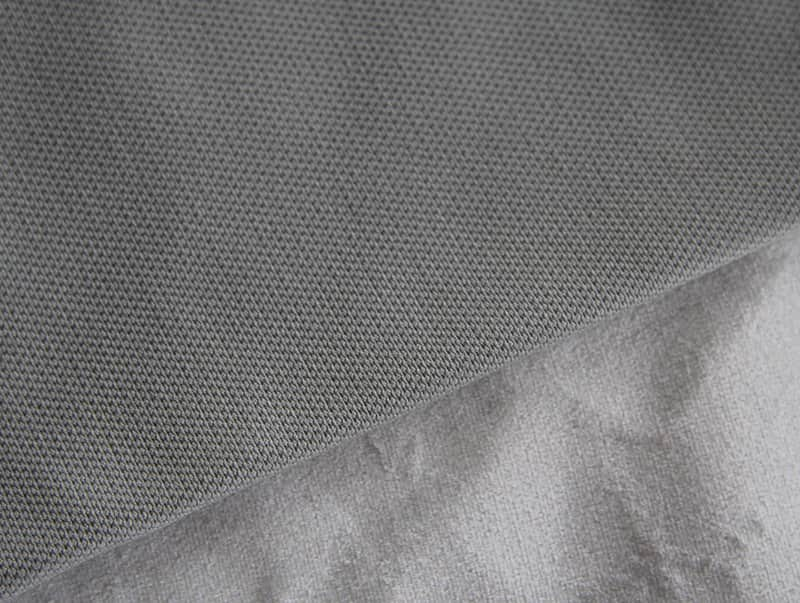
Outlook for Future Development
With automotive design becoming more personalized and experiential, the expectations for synthetic leather and its underlying base fabric continue to rise. From colorfastness to breathability, each layer of the artificial leather system plays a role in shaping the user experience.
The future of artificial leather base fabrics lies in smart textiles, antibacterial properties, and environmentally responsible production. Manufacturers that prioritize innovation in these areas will be well-positioned to meet the demands of next-generation automotive interiors.
As vehicle interiors evolve toward more sustainable, durable, and comfortable environments, artificial leather base fabrics will remain a fundamental component. With ongoing investments in advanced materials and green manufacturing, the automotive industry is poised to redefine what is possible with synthetic interior surfaces—and it all starts with a well-engineered base fabric.
